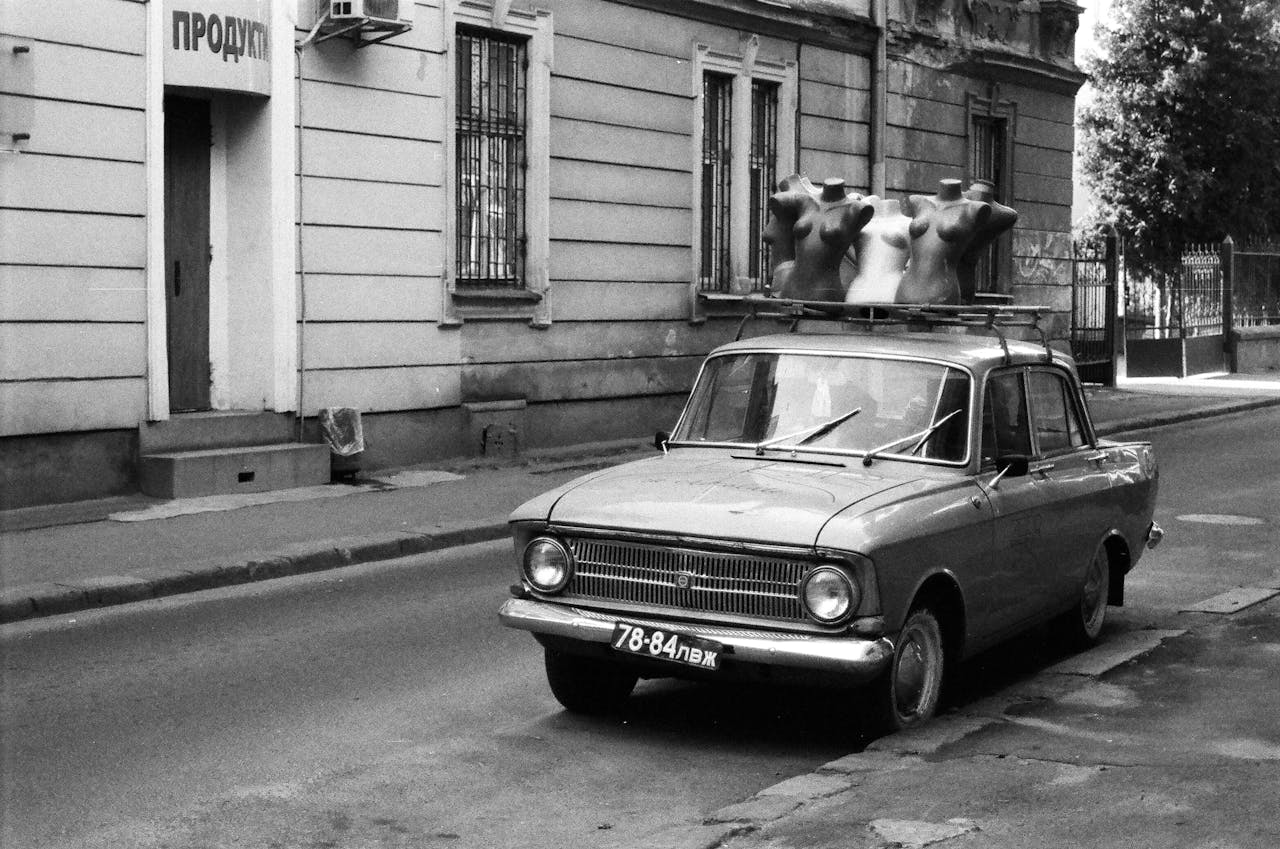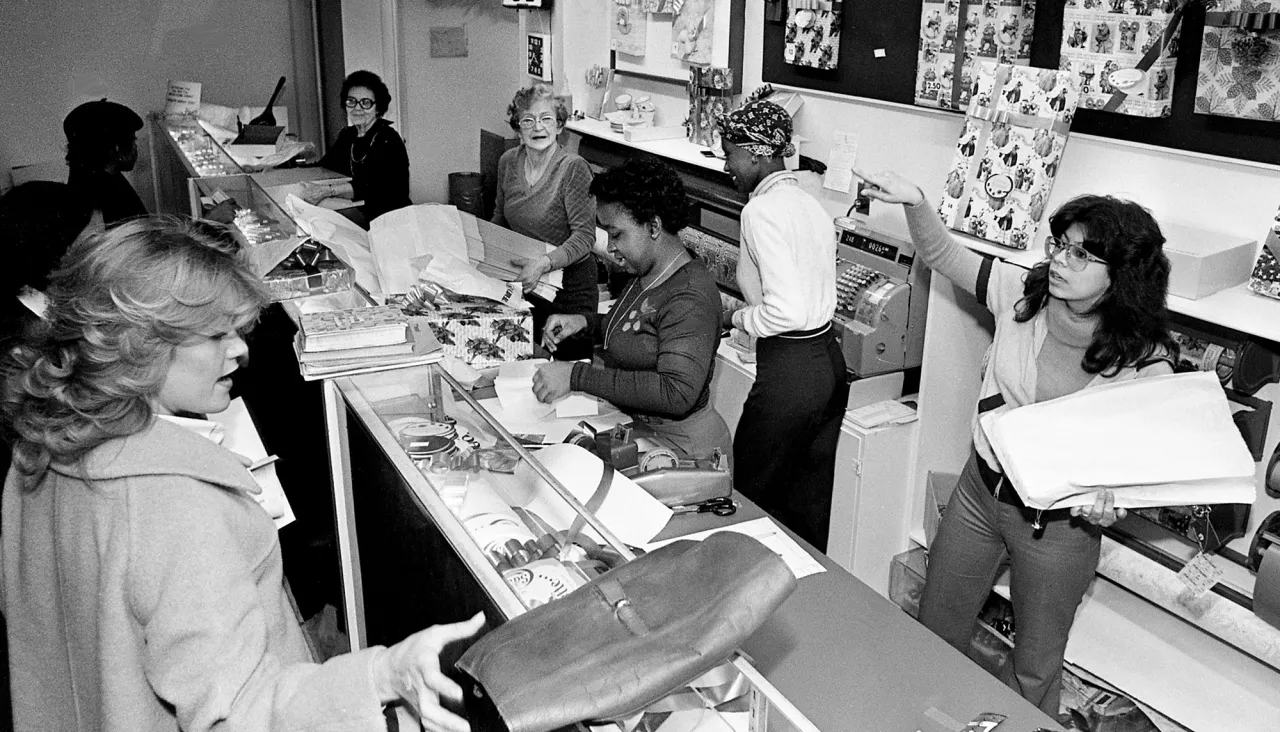10 Shocking Things That Were Normal in the 1960s but Are Unthinkable Now

The 1960s was a time of significant change, a period of cultural revolutions and evolving societal norms. What was considered completely normal back then would probably shock most people today. From everyday habits to widely accepted practices, the 1960s shaped the world in ways that are hard to imagine in the context of today’s values and advancements. In this post, we’ll take a deep dive into 10 shocking things that were once standard in the 1960s but would be completely unthinkable now. You may find yourself surprised at just how much has changed over just a few decades!
1. Smoking Everywhere, All the Time

In the 1960s, smoking was a part of almost every social situation. People lit up in offices, restaurants, airplanes, and even hospitals. Cigarette advertisements, featuring doctors and celebrities endorsing various brands, made smoking seem glamorous and totally acceptable. Fast forward to today, and smoking in public places is heavily restricted or completely banned in many countries due to health risks. It’s hard to imagine a time when smoking indoors was the norm, but back then, it was just a part of everyday life. The awareness about the dangers of smoking has dramatically changed the way we view public health and smoking, making the past seem all the more shocking.
2. Using Payphones Instead of Cell Phones

Imagine a time when payphones were the primary means of communication when you were away from home. In the 1960s, you would have to find a phone booth and use a coin to make a call. In fact, payphones were an integral part of daily life, found on street corners, in airports, and near shopping centers. Today, it’s almost unimaginable to not have a smartphone in hand for communication, navigation, and entertainment. The idea of relying on a payphone to contact someone or to make a quick call is now a thing of the past, replaced by instant mobile communication.
3. Physical Discipline in Schools

During the 1960s, corporal punishment was not only allowed but common in schools. Teachers used physical discipline such as paddling or even slapping students to maintain order. At the time, this form of punishment was widely accepted and viewed as an effective way to teach respect and discipline. Today, corporal punishment is illegal in many countries, and its use in schools is considered not only inappropriate but abusive. Modern education focuses on positive reinforcement, making it unthinkable to use physical punishment in the classroom today.
4. Women’s Role in the Household Was Expected

In the 1960s, the role of women was mostly confined to the home. It was considered the norm for women to stay at home, raise children, and manage the household, while men worked outside the home to support the family. This division of labor was not questioned by many people at the time. Today, we live in a much more progressive world where women actively participate in the workforce, pursue careers, and share family responsibilities. The idea that women should only focus on domestic duties is now seen as outdated and limiting, and there’s a growing emphasis on equality in both the workplace and at home.
5. Cars Without Seatbelts

It may be hard to believe now, but cars in the 1960s were often sold without seatbelts, or they were optional. Most people did not think twice about driving without this safety feature, and seatbelt use wasn’t universally promoted. It wasn’t until the late ’60s and early ’70s that laws began requiring seatbelts in vehicles. Today, seatbelts are considered a basic safety measure, and not wearing one can result in fines or even serious consequences in case of an accident. The idea of driving without a seatbelt today seems incomprehensible, given how crucial it is for passenger safety.
6. Extreme Gender-Specific Clothing

The 1960s was a time when gender-specific clothing was strictly enforced. Men were expected to wear suits and ties for most occasions, while women were expected to dress in skirts, dresses, and high heels. There was little room for deviation from these expectations, and clothing was a clear indicator of one’s gender. Fast forward to today, and fashion has become much more diverse and inclusive. Many people mix styles, embracing gender-neutral clothing or expressing themselves through fashion in ways that defy old conventions. The notion of strictly adhering to gender-specific clothing standards seems archaic now, with fashion being a more personal and expressive choice.
7. Public Shaming for Personal Choices

The 1960s was a time when people who strayed from societal norms often faced public judgment or shaming. Whether it was someone who chose to divorce, engage in premarital sex, or simply break from traditional roles, society made sure to make them feel the consequences. Today, most of these personal choices are widely accepted, and there is far more tolerance for individuality. Though social media sometimes amplifies judgment, the public shaming that was once rampant would be completely unthinkable today. Modern society places greater value on respecting personal freedom and autonomy, making the judgmental attitudes of the past seem out of place.
8. Smoking in Hospitals

Hospitals in the 1960s were not off-limits for smokers. In fact, patients, doctors, and nurses could often be seen smoking in waiting rooms, hallways, and even in patients’ rooms. Smoking was so ingrained in society that even the medical community didn’t see it as a major health concern. Today, smoking is completely banned in hospitals around the world. With the rise of knowledge about the harmful effects of smoking, especially in medical environments, the idea of lighting up in a hospital setting is not just unacceptable—it’s unimaginable.
9. Racial Segregation in Public Spaces

Racial segregation was still a reality in many parts of the world, particularly in the United States, during the 1960s. Public spaces like restaurants, water fountains, buses, and schools were often divided along racial lines, and discrimination was legally enforced in many areas. The Civil Rights Movement of the 1960s fought to end this injustice, and over time, segregation laws were overturned. Today, racial segregation in public spaces is not just illegal, but it would be unthinkable. While racism and inequality still exist, the idea of segregating people based on race is now seen as reprehensible and deeply wrong.
10. The Lack of Privacy on the Phone

In the 1960s, privacy was a rare commodity when it came to phone calls. Landline phones were the only option for communication, and they were often in public or shared spaces. It wasn’t unusual for someone to overhear a private conversation, especially if you were on a party line, a system where multiple households shared the same phone line. Today, with the advent of mobile phones and encrypted communication, privacy has become a priority, and conversations are much more secure. The thought of having a conversation where others can easily listen in is unimaginable today, given how much we value personal privacy.
Final Thoughts

The 1960s may have been a revolutionary decade in many ways, but the norms of that time would seem shocking to us today. From smoking in public places to the strict gender roles that dominated society, the cultural and technological changes that have occurred since then have been dramatic. Today’s world is more inclusive, aware, and focused on personal freedoms, and what was once considered acceptable or normal is now unthinkable. As we look back on the 1960s, we can see just how far we’ve come and how much more we continue to evolve in our societal practices and values.
Leave a Reply